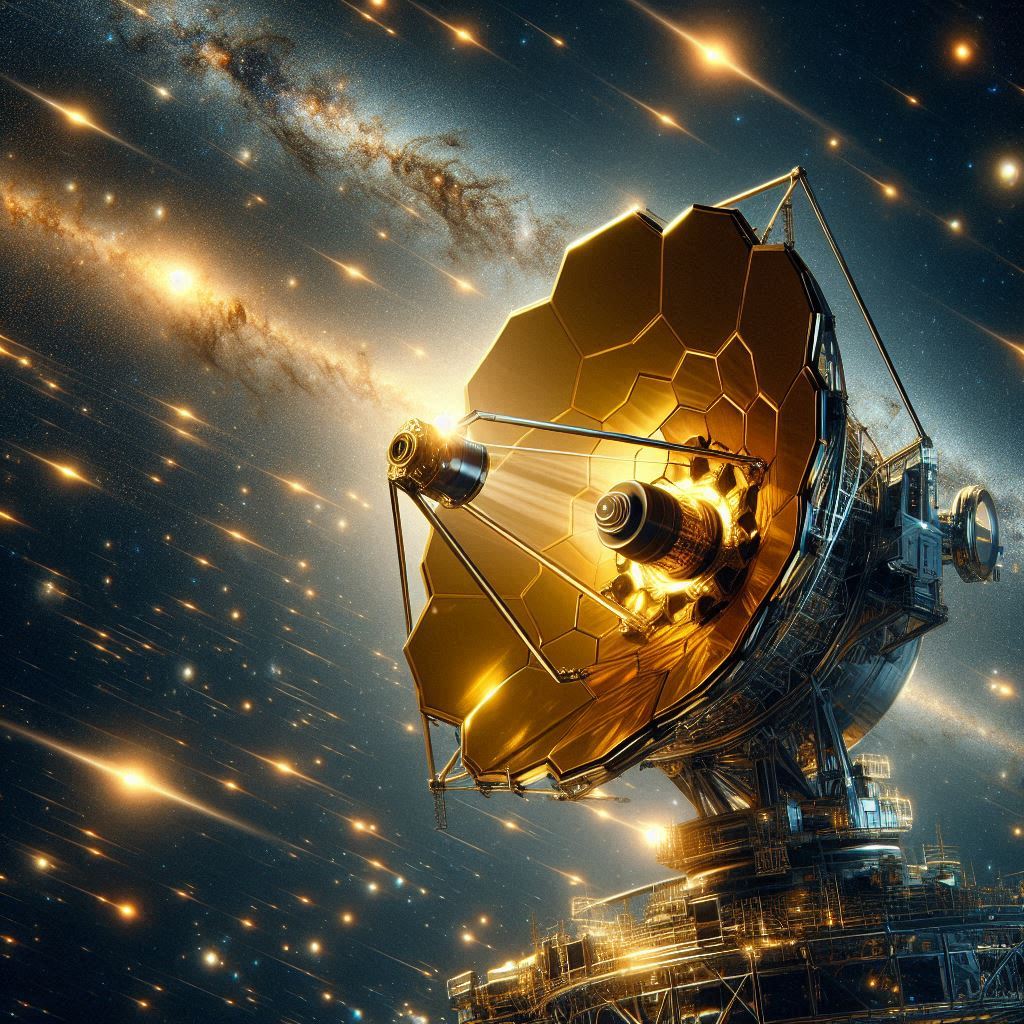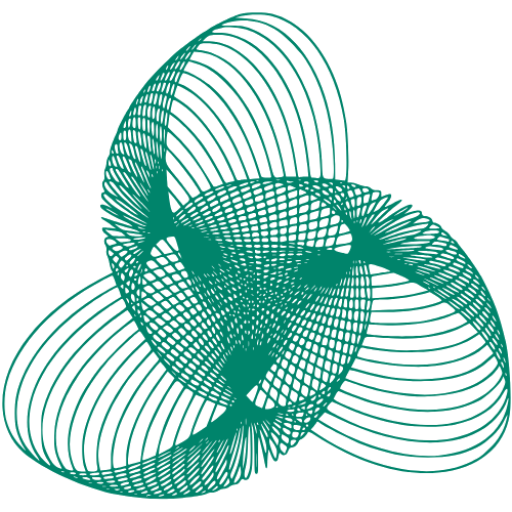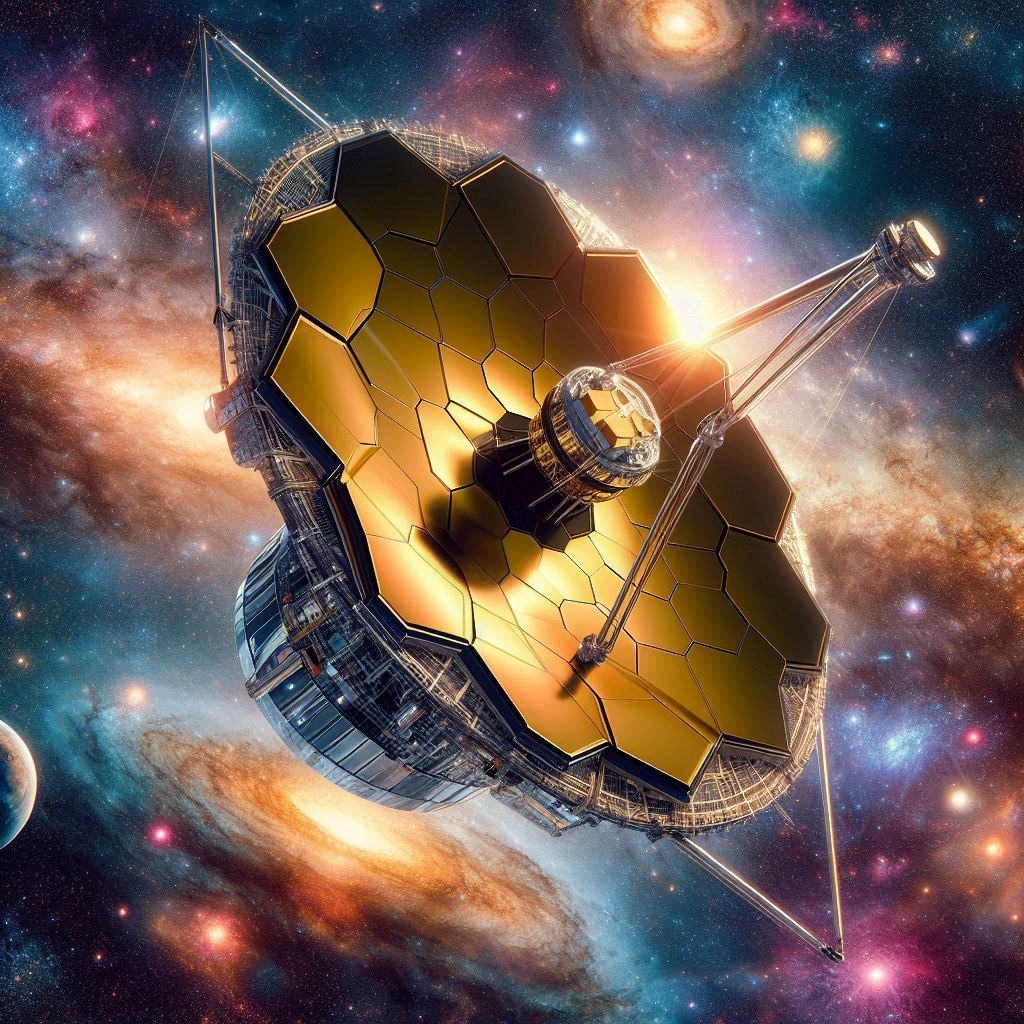Have you ever stared up at the night sky and wondered what’s out there? Thanks to the James Webb Space Telescope, we’re getting closer to answering some of the biggest questions about our universe.
From discovering how the first stars and galaxies formed to analyzing planets light years away from Earth, Webb is changing how we see space forever.
In this piece, we’ll break down the science of the James Webb Telescope in easy terms. You’ll learn how it works, what sets it apart, and the cool stuff it’s already found.
What Is the James Webb Space Telescope?
The James Webb Space Telescope (or just “Webb” for short) is the most powerful space telescope ever built. It was launched on Christmas Day in 2021 and is a project led by NASA, ESA (European Space Agency), and CSA (Canadian Space Agency).
Webb stands out because it operates beyond Earth orbit in a manner different from the Hubble Space Telescope.Webb maintains its position about one million miles away from Earth at the space facility known as L2.
The telescope securely maintains its position at that specific distance because it stays outside of Earth’s shadow, which provides it with a deep, clear view of the universe.
Credit goes to NASA/ESA/CSA/STScI for this incredible mission that helps scientists peek back almost to the time of the Big Bang — nearly 13.5 billion years ago!
How Does Webb See the Universe?
Webb can detect infrared light despite its operation principle of visible light reception at Hubble.
The body perceives infrared light exactly like thermal energy since only heat-touchable sensations emerge from this spectrum.
This matters for two big reasons:
- It can see the past: As light travels across the universe for millions or billions of years, it stretches. That stretched light shifts into the infrared range. By detecting infrared, Webb can catch signals from the first stars and galaxies that formed long before Earth existed.
- It can see through cosmic dust: Many places where stars form are covered by thick clouds of dust and gas. Hubble couldn’t see through them well, but Webb can, opening up a whole new view of star-forming regions.
Why Is Webb So Far Away?
You might wonder — why send a telescope a million miles from Earth? Wouldn’t it be easier to fix or upgrade if it stayed nearby?
The answer comes down to temperature. Webb needs to stay extremely cold to work properly. Its infrared detectors are super sensitive to heat. If Webb stayed close to Earth, it would get too warm from the Sun, Earth, and Moon.
Webb remains operational at L2 thanks to its distant location, coupled with a huge tennis court-sized sunshield which keeps its temperature at approximately -388°F (-233°C) to detect weak heat signals from distant galaxies.
What Is Webb Helping Us Discover?
Science derived from the James Webb Telescope operation is currently enabling remarkable discovery opportunities. The James Webb Telescope does the following extraordinary things, among others:
Looking Back at the First Galaxies
Webb helps scientists see galaxies that formed just a few hundred million years after the Big Bang. These galaxies are very faint and incredibly distant. The detailed observation of these objects became possible only through Webb.
Through its study of ancient light, Webb assists researchers in comprehending galaxy development and their contemporary appearances.
Watching Stars Being Born
Using its powerful infrared eyes, Webb can peer into thick clouds of dust and gas where star formation happens. Scientists are seeing stars being born in real-time in areas called star-forming regions.
This helps us understand how solar systems like ours are created.
Finding New Worlds
Webb operates to observe exoplanets surrounding different cosmic bodies. The examined planets possess suitable environmental conditions that might support life existence.
Webb will make its most exhilarating discovery when it extracts chemical evidence for life from planetary atmospheres by detecting the presence of water vapor or carbon dioxide, or methane.
Studying Galaxy Clusters
Sometimes galaxies clump together in massive groups called galaxy clusters. These are the largest structures in the universe held together by gravity.
Webb is studying how these clusters formed and how they affect the galaxies inside them.
How Does Webb Compare to Hubble?

Through its space mission, the Hubble Space Telescope delivered spectacular interstellar pictures however, Webb functions as an advanced system.
Here’s how they differ:
| Feature | Hubble | Webb |
| Type of light | Mainly visible and ultraviolet | Mainly infrared |
| Distance from Earth | In orbit around Earth | 1 million miles away at L2 |
| Mirror size | 8 feet across | 21 feet across |
| Launch date | 1990 | 2021 |
The big advantage: Webb’s bigger mirror means more light collected and sharper images. This allows it to see objects Hubble could never detect.
Without Hubble, we wouldn’t be where we are today. But now, Webb is pushing the boundaries even further.
A Peek at the Earliest Times
The primary research target for Webb involves studying the timeline from the beginning of the universe up until its initial few hundred million years post-Big Bang.
When the first stars and galaxies formed, they lit up the universe for the first time. Scientists call this period the “Cosmic Dawn.” Before that, everything was dark.
Think about this: By looking at galaxies that formed 13.5 billion years ago, Webb gives us direct clues about how the universe grew and changed.
Amazing Images from Webb
Already, Webb has sent back stunning pictures of:
- Galaxy clusters bend light around them (a phenomenon called gravitational lensing)
- Beautiful star-forming regions inside clouds of dust and gas
- Distant galaxies that look like tiny dots, even though each one has billions of stars
Every image helps scientists learn more about how the universe works.
International Teamwork at Its Best
The existence of the James Webb Space Telescope depends entirely on teamwork between multiple organizations. All three organizations, namely NASA, ESA, and CSA, collaborate on this project.
Researchers, together with engineers and technicians from different parts of the world dedicated several decades to construct and launch Webb.
The credit goes to NASA, ESA, CSA, and the Space Telescope Science Institute (STScI) for managing and sharing Webb’s discoveries with the world.
Conclusion: A New Era of Discovery
The James Webb Space Telescope provides us with our most distinct view of distant space at unprecedented depth and range.
Whether it’s watching how stars and galaxies formed, studying solar systems far away, or unlocking secrets from 13.5 billion years ago, Webb is changing everything we know about the universe.
Scientific researchers expect the telescope to function for another decade so they can achieve numerous significant discoveries. Scientific discoveries through Webb continue to remain a mystery as the telescope keeps functioning.
Next time you look up at the night sky, remember: somewhere out there, the James Webb Space Telescope is working, catching the faintest whispers of light from the beginning of time itself.
The Science Behind the James Webb Telescope is truly remarkable, allowing us to peer further back in time and with greater clarity than ever before.

